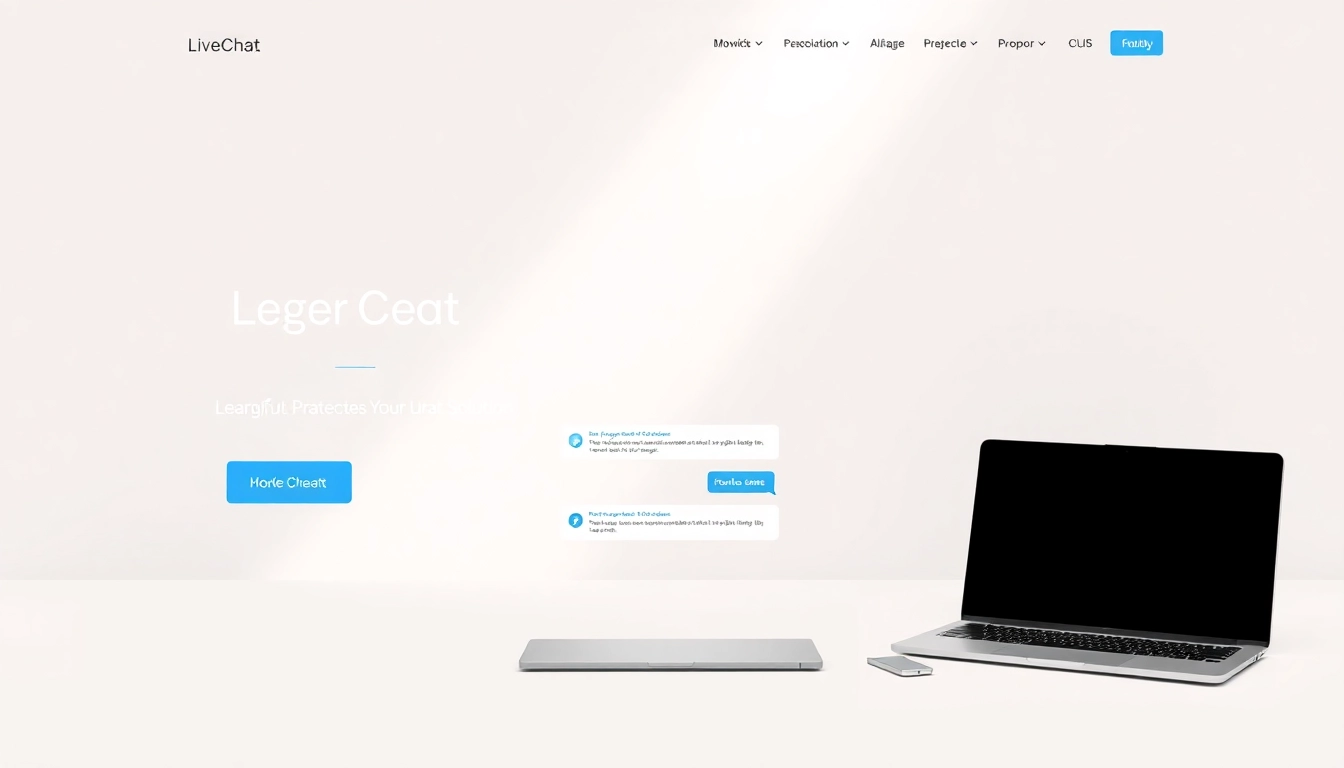
Understanding the Fundamentals of Competitor Pricing Research
What is Competitor Pricing Research?
Competitor pricing research is the systematic process of analyzing your competitors’ pricing strategies and products to gain insight into how to position your own offerings in the market effectively. This type of research involves gathering data about the prices competitors charge for similar products or services and how these prices compare with your own. By performing comprehensive competitor pricing research, businesses can identify trends, gaps, and opportunities that can inform their pricing strategy and enhance competitiveness. For a thorough exploration of competitor pricing research methodologies, check out this competitor pricing research guide.
The Importance of Price in Market Strategy
Pricing is a fundamental element of a marketing strategy. It not only affects the revenue a company can generate but also influences consumer perception of the brand. In competitive markets, where many companies vie for consumer attention, understanding how pricing impacts buying decisions is critical. Prices often serve as proxies for quality; thus, a well-structured pricing strategy can enhance a brand’s standing. With effective competitor pricing research, businesses can align their pricing with market expectations, improve value proposition, and ultimately drive sales growth.
Key Terms and Definitions
- Competitive Pricing: A strategy where a business considers its competitors’ prices when setting its own.
- Price Index: A measurement of relative prices compared to a baseline, showing how price changes affect overall pricing strategy.
- Price Sensitivity: The degree to which the price of a product affects consumer purchasing behavior.
- Benchmarking: The process of comparing business processes and performance metrics to industry bests or best practices from other companies.
- Market Segmentation: The practice of dividing a market into distinct groups of buyers with differing needs or behaviors.
Methods to Conduct Competitor Pricing Analysis
Direct Price Comparison Techniques
Direct pricing comparisons are essential for understanding the pricing landscape of your competitive environment. This can involve creating a detailed price matrix that includes the prices of your competitors’ products and services side by side with your own. Additionally, consider categorizing products based on features, quality, and brand reputation to provide a more enriched comparative analysis. Regular updates to this data are necessary to maintain its relevance and accuracy.
Using Tools for Data Collection
Several tools can streamline the process of gathering competitor pricing data. Tools such as Price2Spy, Kompyte, and SimilarWeb can automate data gathering and provide insights into pricing trends. Additionally, Google Alerts can help track changes in competitor pricing strategies, ensuring you stay informed about real-time market adjustments. It can also be beneficial to leverage social listening tools to capture consumer feedback regarding pricing:
- Price2Spy – Automated price monitoring and analysis tool.
- Kompyte – Real-time competitor insights and market intelligence.
- SimilarWeb – Comprehensive market analytics platform.
Gathering Data from Industry Reports
Industry reports can provide a wealth of information regarding market pricing trends and competitive analysis. Organizations such as Nielsen and Statista regularly publish reports that dissect market conditions, including average prices in specific sectors. These reports can inform not just pricing strategies, but also broader market positioning initiatives. Furthermore, consulting firms often release analyses that show the competitive landscape, offering detailed insights into pricing techniques used across different regions and demographics.
Best Practices for Effective Competitor Pricing Strategies
Assessing Your Products Against Competitors
A critical element of competitor pricing research is evaluating how your products stack up against those of competitors. This requires an assessment of not only price but also product features, quality, and overall consumer value perception. A SWOT analysis (Strengths, Weaknesses, Opportunities, Threats) can help in highlighting where your product shines and where there is room for improvement. For effective differentiation, consider the following:
- Understand unique selling propositions (USPs) that set your product apart.
- Identify gaps in the market that your products can address.
- Regularly gather customer feedback to evaluate satisfaction and perceived value.
Determining Your Pricing Positioning
With insights gained from competitive pricing research, the next step is to determine your pricing positioning. Will you adopt a cost-leadership strategy, aiming to be the lowest-cost provider, or a differentiation strategy, setting premium prices based on unique product features? Market segmentation also plays a critical role, as different consumer sectors may respond better to varying pricing approaches. Consider implementing tiered pricing models to cater to different customer segments and maximize revenue potential.
Incorporating Competitive Insights into Business Strategy
It’s not enough to simply understand competitor pricing; businesses must integrate these insights into their overarching marketing and sales strategies. Developing promotional strategies that highlight product values in relation to competitors can reinforce brand positioning. Additionally, businesses should continuously monitor market trends and adjust their pricing strategies proactively rather than reactively.
Analyzing Results from Competitor Pricing Research
Interpreting Pricing Data and Trends
Once the pricing data has been collected, the next step is to interpret this data effectively. Look for patterns in pricing changes over time, evaluate how these shifts affect market dynamics, and understand what drives competitor actions. Utilizing data visualization tools can help present understanding clearly, leading to better decision-making processes. Tools like Excel, Tableau, and Google Data Studio can help in creating visual reports that showcase this information comprehensively.
Adapting Strategies Based on Findings
Adapting your pricing strategy based on competitor research does not mean copying pricing points blindly. Instead, adjust your strategies thoughtfully by aligning them with your brand values and positioning within the market. This may involve incremental changes rather than sweeping overhauls, ensuring customers perceive value while maintaining profitability. A/B testing different pricing strategies can reveal preferences and optimum prices.
Evaluating the Impact on Sales Performance
The ultimate goal of competitor pricing research and the adjustments it triggers is to improve sales performance. Regular evaluation of sales metrics post-adjustment is essential to identify any positive or negative impacts. Metrics to consider include:
- Sales volume changes before and after adjusting pricing.
- Customer acquisition rates and retention rates.
- Overall profit margins across different product lines.
Case Studies: Success Stories in Competitor Pricing Research
Real-Life Applications of Pricing Strategies
To grasp the practical use of competitor pricing research, it’s helpful to look at companies that have successfully implemented robust pricing strategies based on competitive insights. A notable example is Uber, which constantly adapts its pricing model based on competitor prices in real time, helping it to stay competitive amidst fluctuating demand conditions and market competition.
Similarly, Apple strategically positions its products at premium prices, regularly researching competitor offerings and consumer preferences to justify their price points. Their research helps to define product value significantly, fostering initial consumer loyalty that frequently translates into strong sales performance.
Lessons Learned from Market Leaders
From these case studies, several lessons can be distilled:
- The importance of agility in pricing strategies to adapt to market dynamics.
- How consumer perceptions of value can outweigh lower prices offered by competitors.
- The necessity of continuous research and assessment to fine-tune pricing models.
Future Trends in Competitor Pricing Research
As markets evolve, new trends in pricing research are emerging that can shape how businesses position their products. These include the increased use of artificial intelligence to analyze pricing data and help predict consumer behavior. Moreover, the rise of subscription-based business models is altering traditional pricing strategies, compelling businesses to rethink how they evaluate competitor pricing.
Lastly, sustainability is becoming a strong focal point, with consumers increasingly considering not just price but ethical implications in their buying decisions. Businesses must thus consider the entire journey from production through pricing, ensuring their value propositions align with changing consumer demands.







